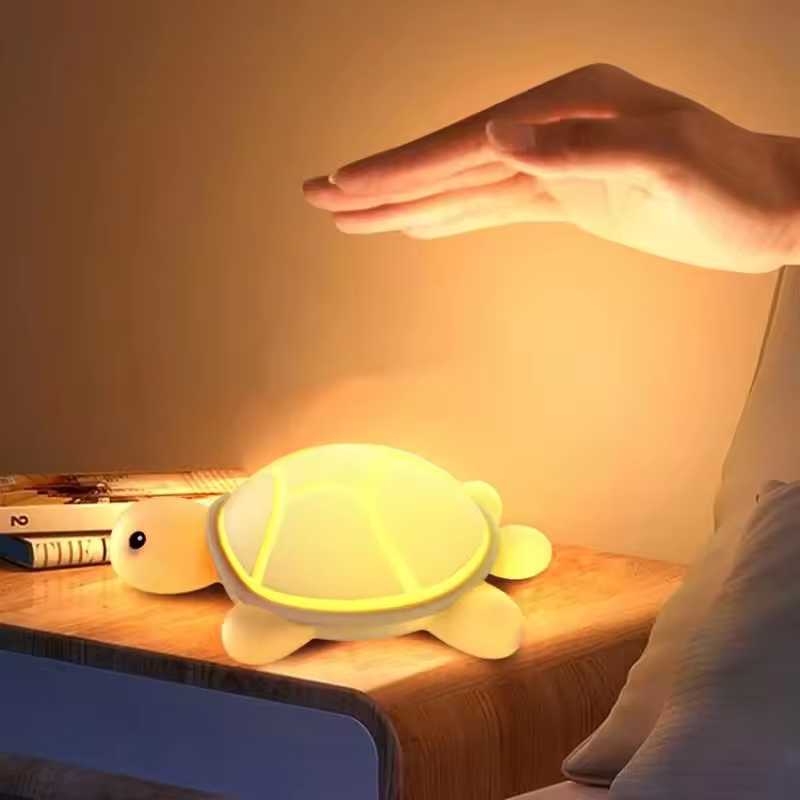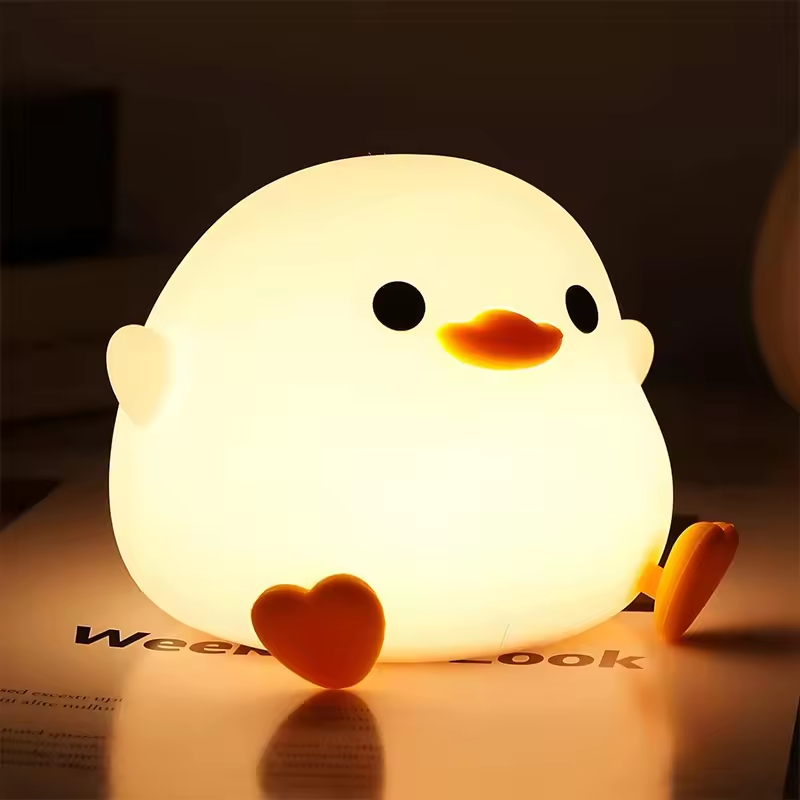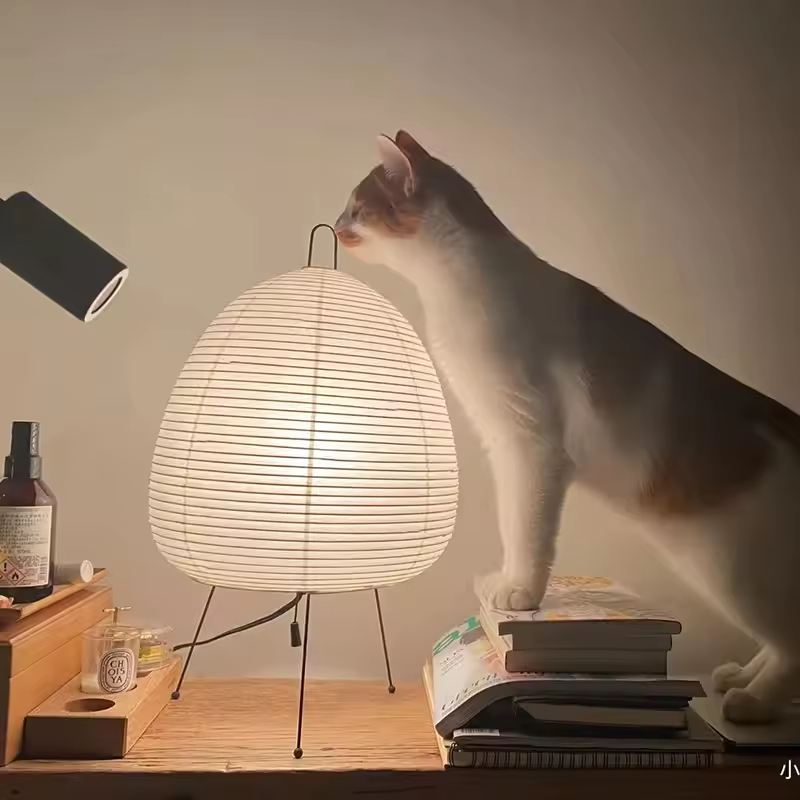 Introduction:
Introduction:
How to fix your led light remote if it stops working?
If your LED light remote suddenly stops working, it can be frustrating and inconvenient. However, there are some troubleshooting steps you can take to potentially fix the issue without much hassle. In this step-by-step guide, we will explore common problems with LED light remotes and provide simple solutions to get your remote working again. By following these instructions, you can regain control over your LED lights effortlessly.
Introduction to LED Light Remote Issues
Understanding the potential problems with LED light remotes will help you address the specific issue you’re facing.
A. Common Problems: LED light remotes may experience issues, such as unresponsive buttons, loss of connection, or electrical interference.
B. Troubleshooting Steps: By following simple troubleshooting steps, you can potentially solve the problem with your LED light remote.
 Some common materials used in the construction of LED lights:
Some common materials used in the construction of LED lights:
LED lights are typically composed of several key materials that help facilitate their operation and provide structural support. Here are some common materials used in the construction of LED lights:
LED Chips:
The heart of an LED light is the LED chip itself, which consists of a semiconductor material, usually made from compounds like gallium arsenide, gallium nitride, or indium gallium nitride. These materials emit light when an electric current passes through them.
Substrate:
LED chips are mounted on a substrate, which acts as a carrier and provides mechanical support. Common substrate materials include ceramic or metal substrates like aluminum or copper. These materials help dissipate heat and provide structural stability for the LED chip.
Enclosure:
LED lights often have an enclosure that houses the LED chip and protects it from external elements and impacts. Enclosures can be made from various materials, including plastic, aluminum, or polycarbonate, depending on the specific application and design requirements.
Optics:
Some LED lights incorporate optical elements to control and enhance light distribution and intensity. These optical elements, such as lenses or reflectors, are typically made from materials like glass or plastic.
Wiring and Connectors:
LED lights utilize wiring and connectors to facilitate electrical connections and provide power to the LED chip. These components can be made from various materials, including copper, aluminum, or other conductive materials.
Heat Sink:
Heat sinks help dissipate heat generated by the LED chip to maintain optimal operating temperatures and prevent damage. Common heat sink materials include aluminum and copper due to their excellent thermal conductivity.
Printed Circuit Board (PCB):
LED lights often incorporate a PCB, which provides the electrical connections and circuitry to power and control the LED chip. PCBs are typically made from materials like fiberglass-reinforced epoxy.
The specific materials used may vary depending on factors such as the type of LED light, its application, and design requirements. The proper selection of materials ensures reliable performance, durability, and efficient operation of LED lights.
 Assess the Batteries
Assess the Batteries
The first step in fixing an LED light remote is checking the batteries.
A. Remove the Battery Cover: Locate the battery compartment on the back of the remote and remove the cover.
B. Check the Batteries: Inspect the batteries to ensure they are properly installed and not corroded. Replace them if necessary.
Re-syncing the Remote and Receiver
If your LED lights are not responding to the remote, re-syncing the remote and receiver may solve the issue.
A. LED Light Receiver: Locate the receiver unit, often found near the LED light control box or driver.
B. Pairing Mode: Press the pairing or sync button on the receiver unit, then press a button on the remote to pair them. Repeat if necessary.
Resetting the Remote
How to fix your led light remote if it stops working?
Performing a remote reset can sometimes resolve unresponsive buttons or other glitches.
A. Find the Reset Button: Look for a pinhole or small button labeled “Reset” on the remote.
B. Reset Process: Use a paperclip or similar tool to press and hold the reset button for a few seconds, then release it.
Clearing Interference
If your LED light remote experiences interference, it may not work correctly.
A. Nearby Devices: Move any electronic devices, such as routers, cordless phones, or microwave ovens, away from the LED light and remote.
B. Obstructions: Ensure there are no physical obstructions between the remote and the receiver, such as walls, furniture, or objects.
Check the Remote’s Signal
To confirm if the LED light remote is emitting a signal, you can use a smartphone’s camera.
A. Camera Test: Open the camera app on your smartphone and point the LED light remote at the camera lens.
B. Watch for a Signal: While looking at the smartphone screen through the camera, press a button on the remote. If it emits a signal, you’ll see a bright light on the camera display.
Replace the Remote
If none of the previous steps worked, it may be necessary to replace the LED light remote.
A. Contact the Manufacturer: Reach out to the LED light manufacturer for assistance regarding replacement options for the remote.
B. Universal Remote Option: Consider purchasing a universal LED light remote that is compatible with your LED light system.
 LED lights, incandescent bulbs, and fluorescent lamps:
LED lights, incandescent bulbs, and fluorescent lamps:
LED lights, incandescent bulbs, and fluorescent lamps have distinct differences in terms of technology, energy efficiency, lifespan, and light output. Here’s a comparison between LED lights and traditional incandescent bulbs and fluorescent lamps:
Energy Efficiency:
LED lights are highly energy-efficient. They convert most of the electricity they consume into light, with minimal heat loss. In contrast, incandescent bulbs generate a significant amount of heat, wasting energy. Fluorescent lamps are more energy-efficient than incandescent bulbs but are less efficient than LED lights.
Lifespan:
LED lights have a much longer lifespan compared to incandescent bulbs and fluorescent lamps. LED lights can last up to 25,000 to 50,000 hours or more, while incandescent bulbs typically last around 1,000 hours, and fluorescent lamps last around 8,000 to 15,000 hours.
Light Output:
LED lights provide directional illumination, emitting light in a specific direction. This makes them suitable for focused lighting tasks. Incandescent bulbs emit omni-directional light, dispersing light in all directions. Fluorescent lamps also emit light in all directions but require a warm-up period to reach full brightness.
Heat Emission:
LED lights generate very little heat during operation, making them cool to the touch. In contrast, incandescent bulbs emit significant heat, which can contribute to wasted energy and potential safety risks. Fluorescent lamps also emit some heat, but it is less compared to incandescent bulbs.
Color Options:
LED lights offer a wide range of color options, including cool white, warm white, and various color temperatures. Incandescent bulbs produce a warm, yellowish light, while fluorescent lamps can have varying color temperatures, including warm or cool white.
Environmental Impact:
T are considered more environmentally friendly compared to incandescent bulbs and fluorescent lamps. LED lights do not contain hazardous materials like mercury, which is present in fluorescent lamps. LED lights are also more recyclable and contribute to reducing carbon emissions due to their energy efficiency.
While LED lights have numerous advantages over traditional incandescent bulbs and fluorescent lamps, it’s important to consider specific needs, such as color preference and lighting requirements, when choosing the most suitable lighting option for a particular application or space.
 Conclusion
Conclusion
How to fix your led light remote if it stops working?
If your LED light remote stops working, it can be frustrating, but there are simple troubleshooting steps you can take to potentially fix the issue. By assessing the batteries, re-syncing the remote and receiver, resetting the remote, clearing interference, checking the signal, and considering a replacement, you can regain control over your LED lights. Remember to consult the manufacturer if needed and explore universal remote options. With these simple steps and guidance, you can troubleshoot and resolve issues with your LED light remote efficiently, ensuring smooth operation of your LED light system.



